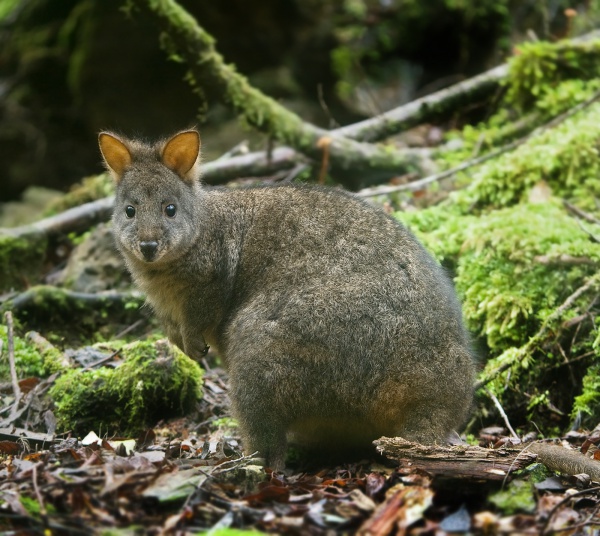Facts About Pademelon
Pademelons are charming, small marsupials belonging to the genus Thylogale and are typically found in forested areas. They are among the tiniest members of the macropod family, which also includes wallabies and kangaroos. The name "pademelon" is derived from the Dharuk Aboriginal word "badimaliyan." These creatures are known for their distinctive short and thick tails, which have sparse hair, and they move by hopping, similar to wallabies.
Different species of pademelons inhabit various regions. For instance, the red-necked pademelon is found along the coastal areas of Queensland and New South Wales, as well as south-central New Guinea, though their habitats are dwindling in some regions. The Tasmanian pademelon is common in Tasmania but once inhabited the southeastern mainland of Australia. Meanwhile, the dusky pademelon resides in New Guinea and nearby islands and was formerly known as the Aru Islands wallaby or philander.
These small marsupials thrive in thick scrubland and dense forest undergrowth, often creating tunnels through tall grasses in swampy areas. However, they face several threats. Historically, pademelons were hunted for their meat and fur. Today, they are preyed upon by introduced species such as feral cats, dogs, and foxes. They also compete with rabbits for food and suffer from habitat loss due to land clearing.
The Thylogale genus includes several pademelon species, such as the Tasmanian pademelon, Brown's pademelon, dusky pademelon, Calaby's pademelon, mountain pademelon, red-legged pademelon, and red-necked pademelon. Despite numerous threats, Tasmanian pademelons remain abundant. They are preyed upon by native predators like quolls, Tasmanian devils, and wedge-tailed eagles. Conservation efforts are underway to manage their populations and ensure their survival.
